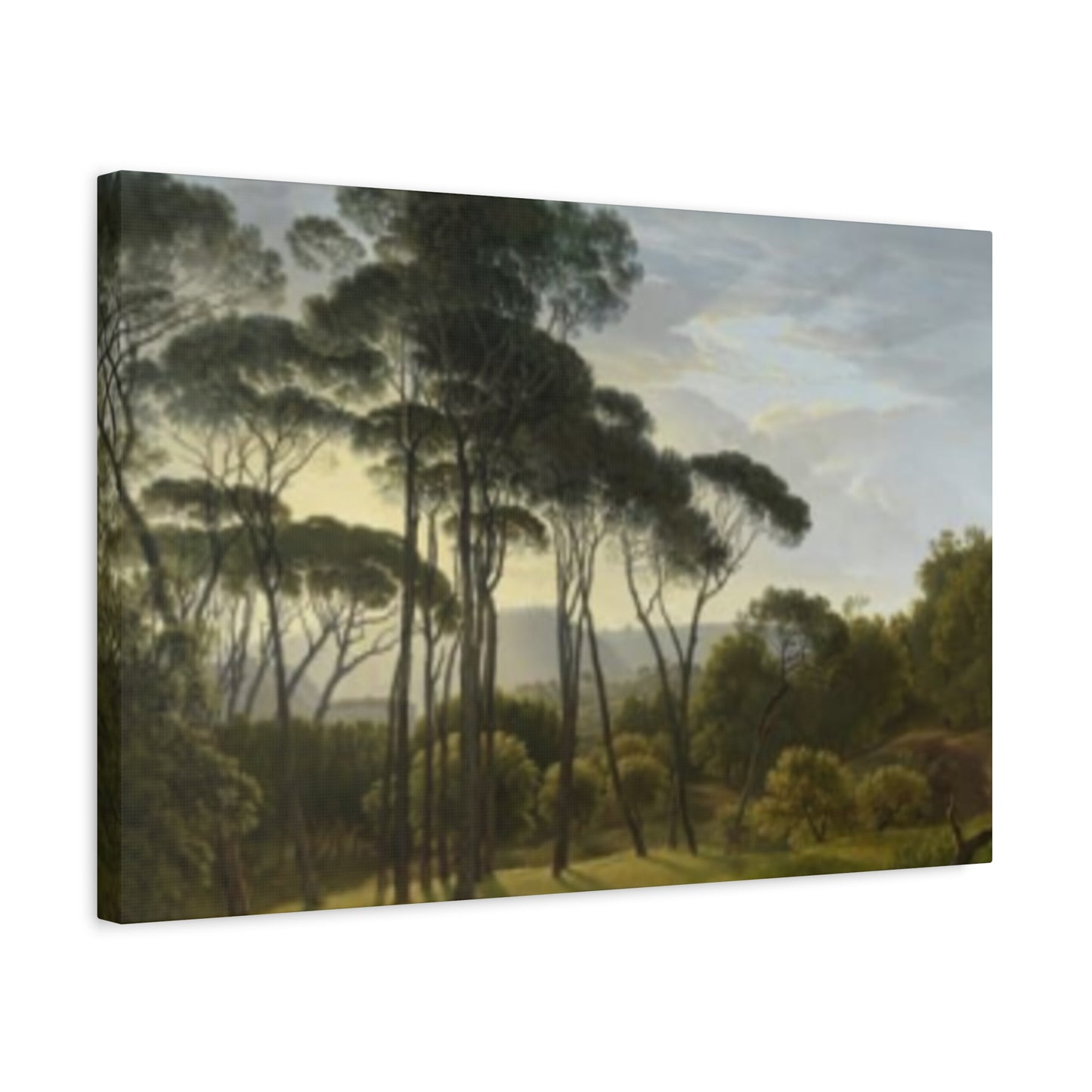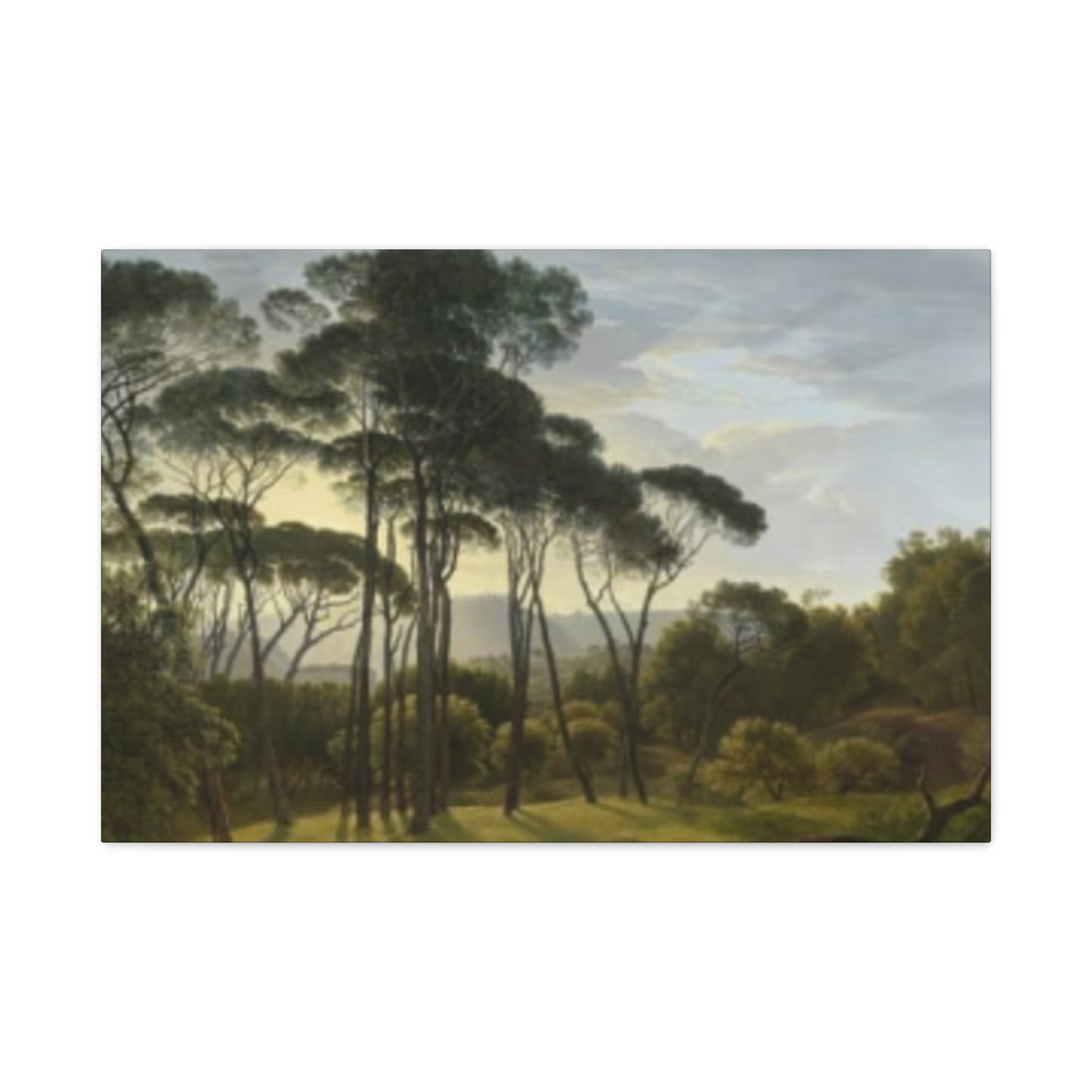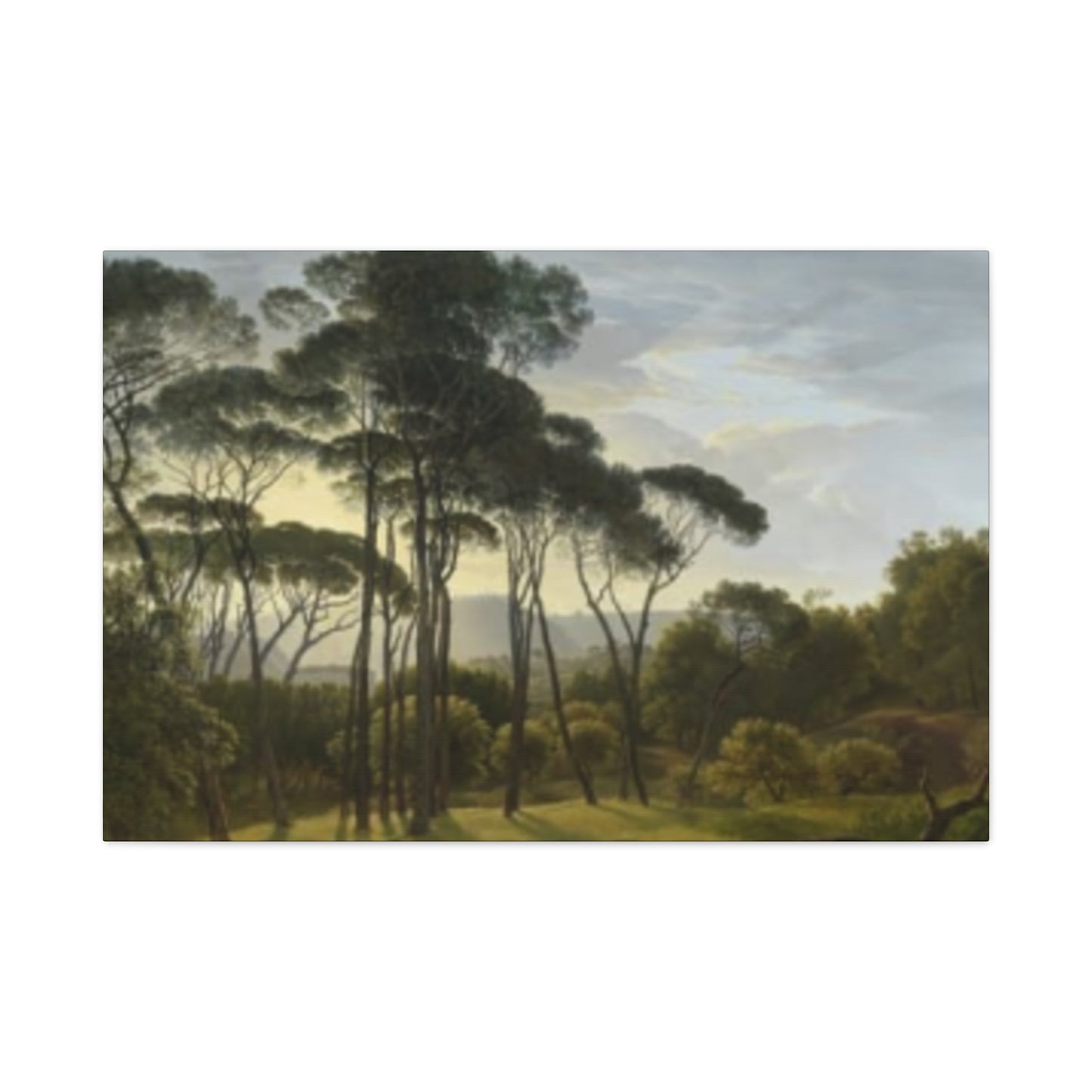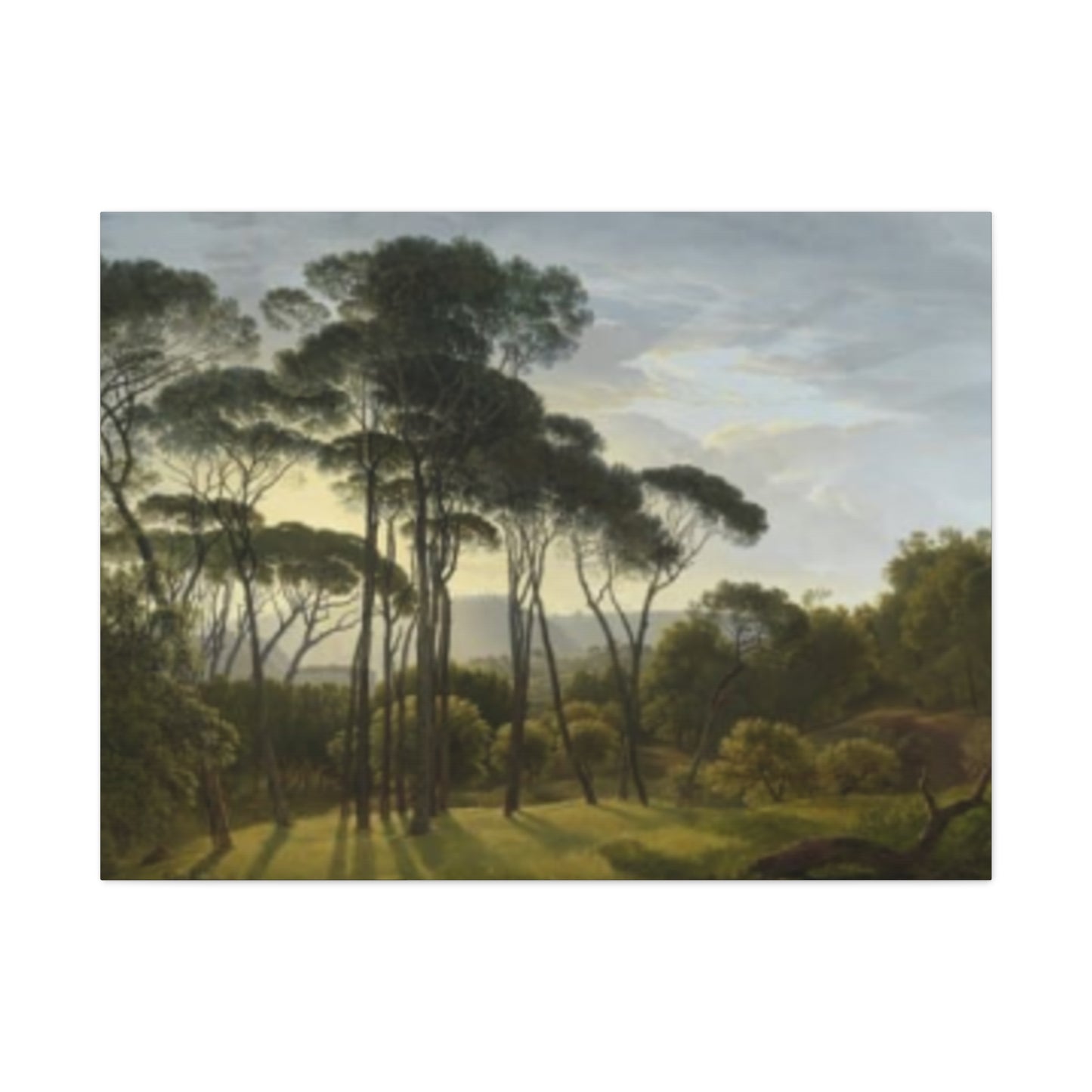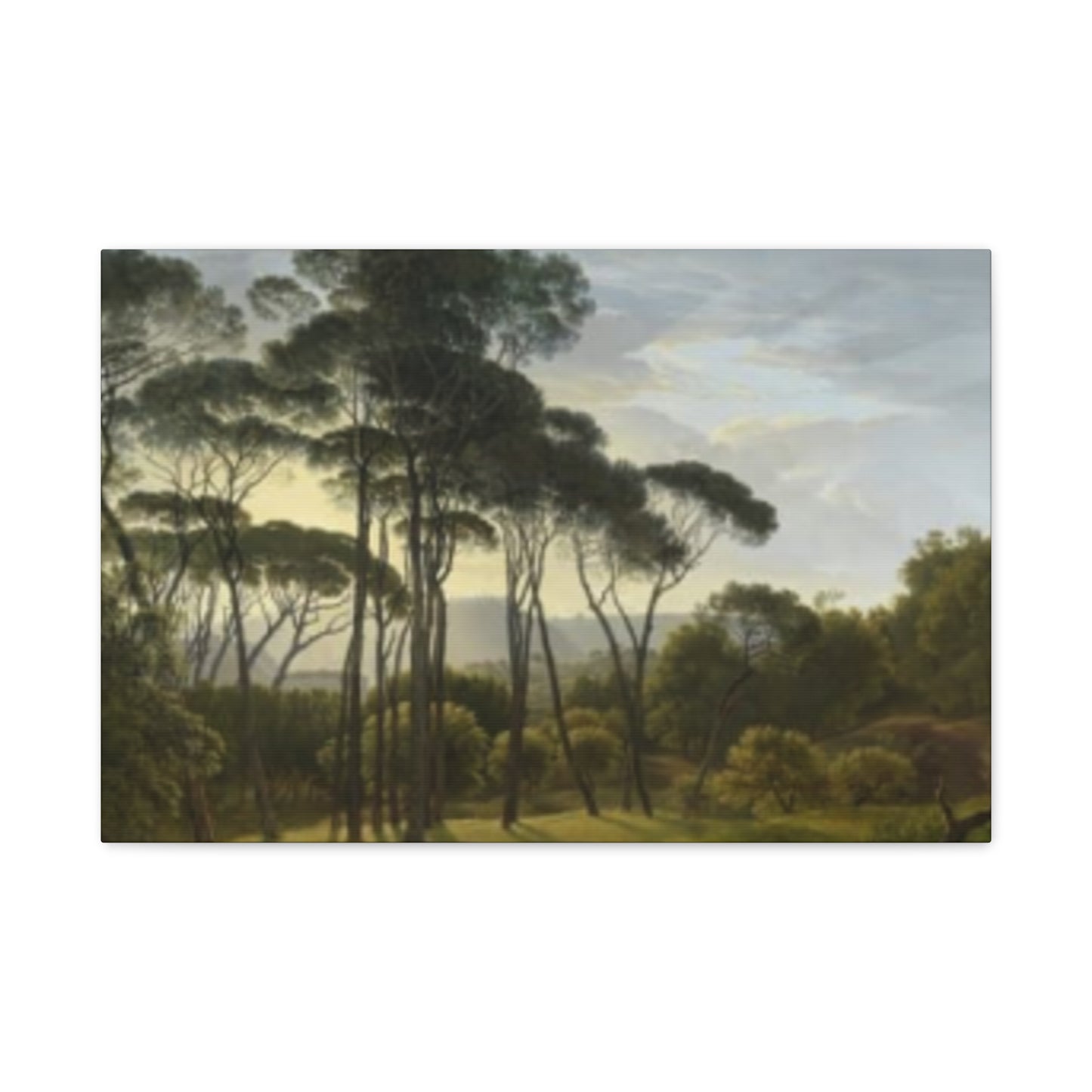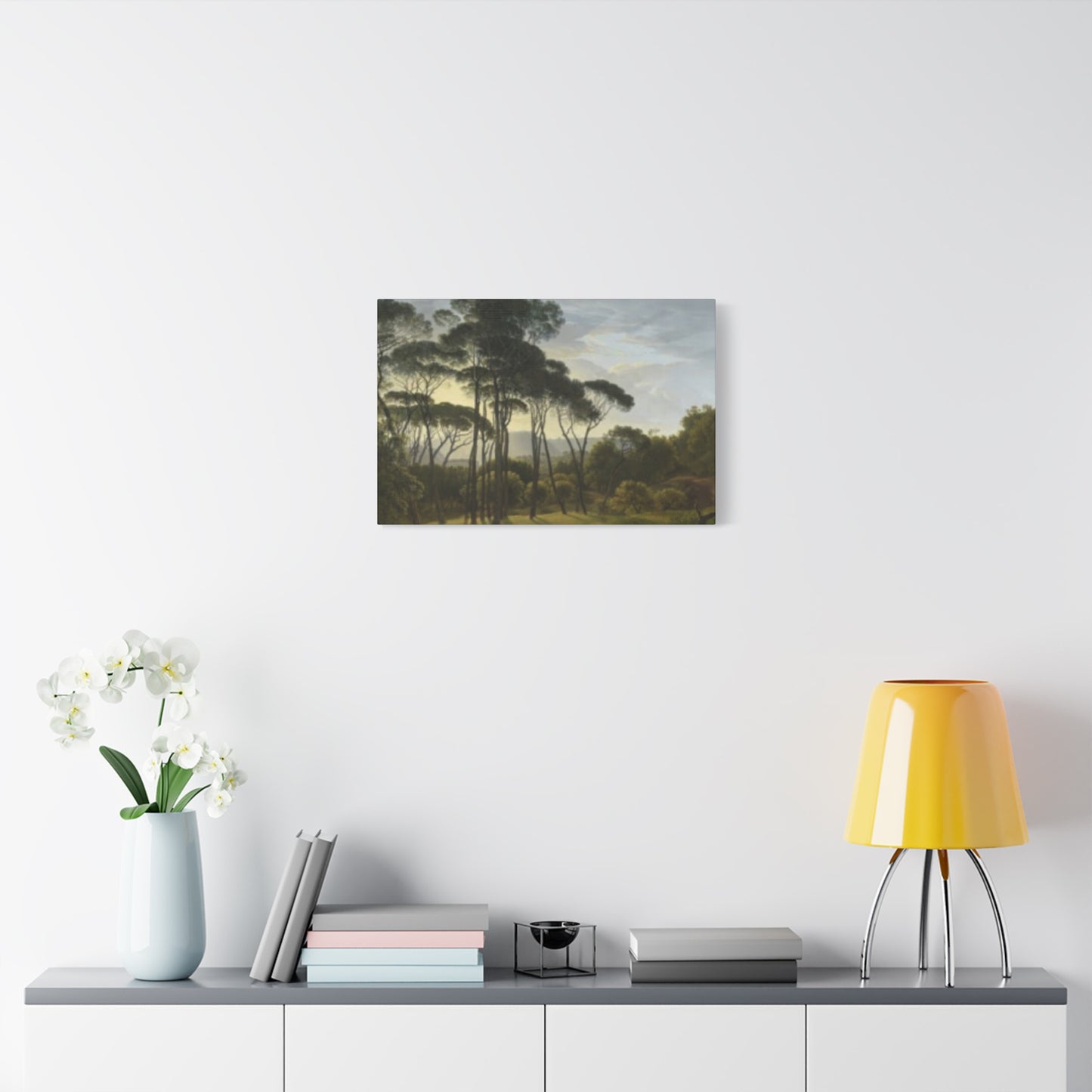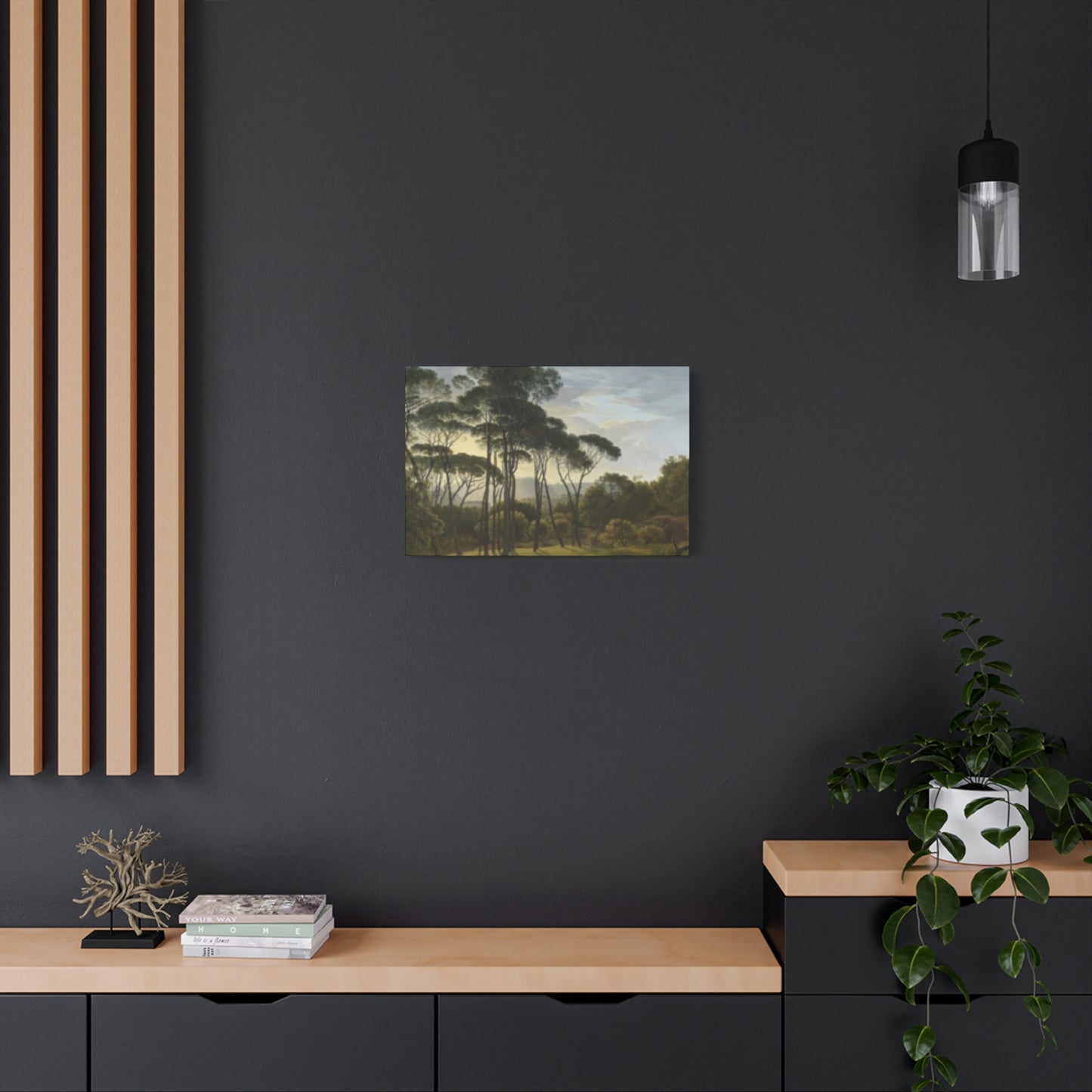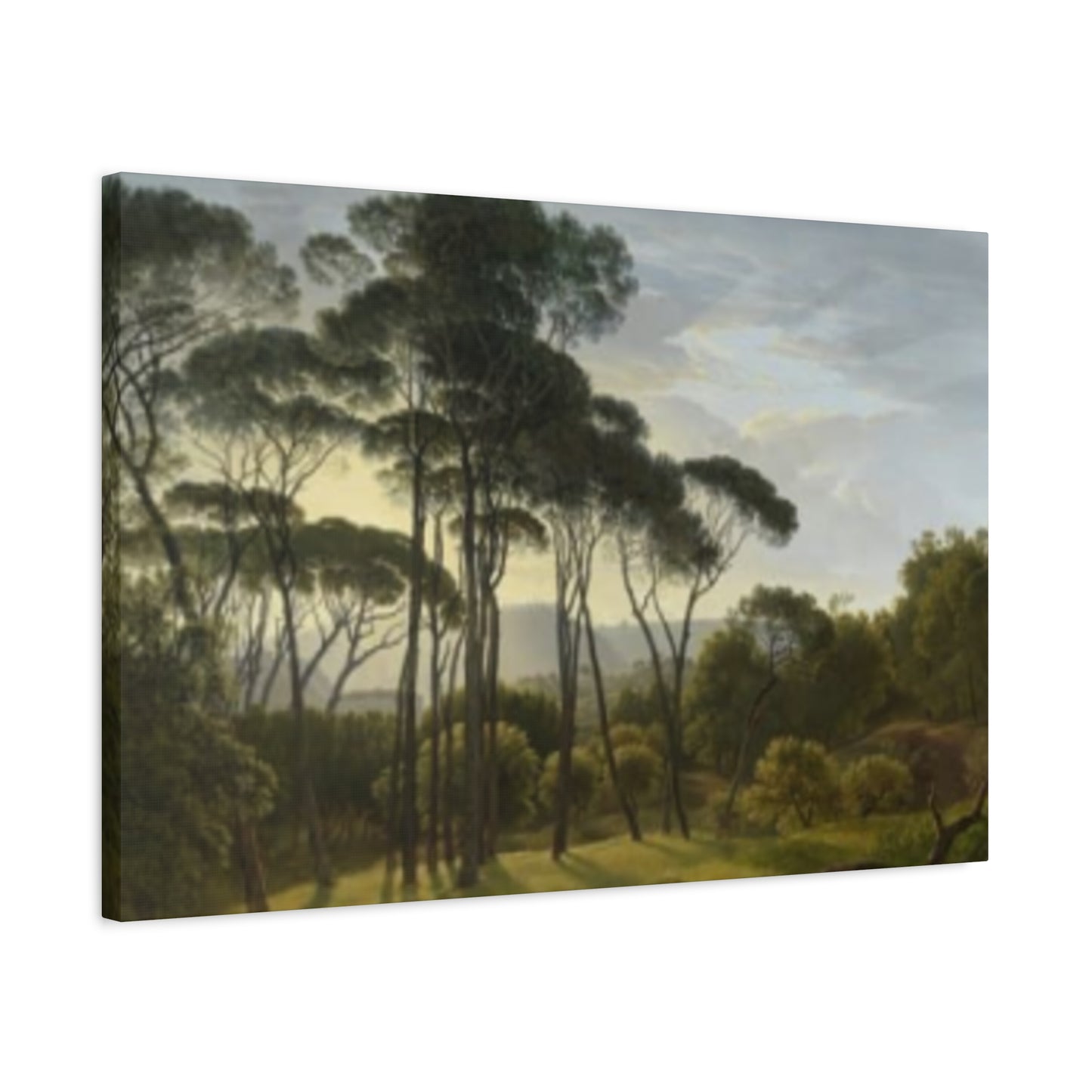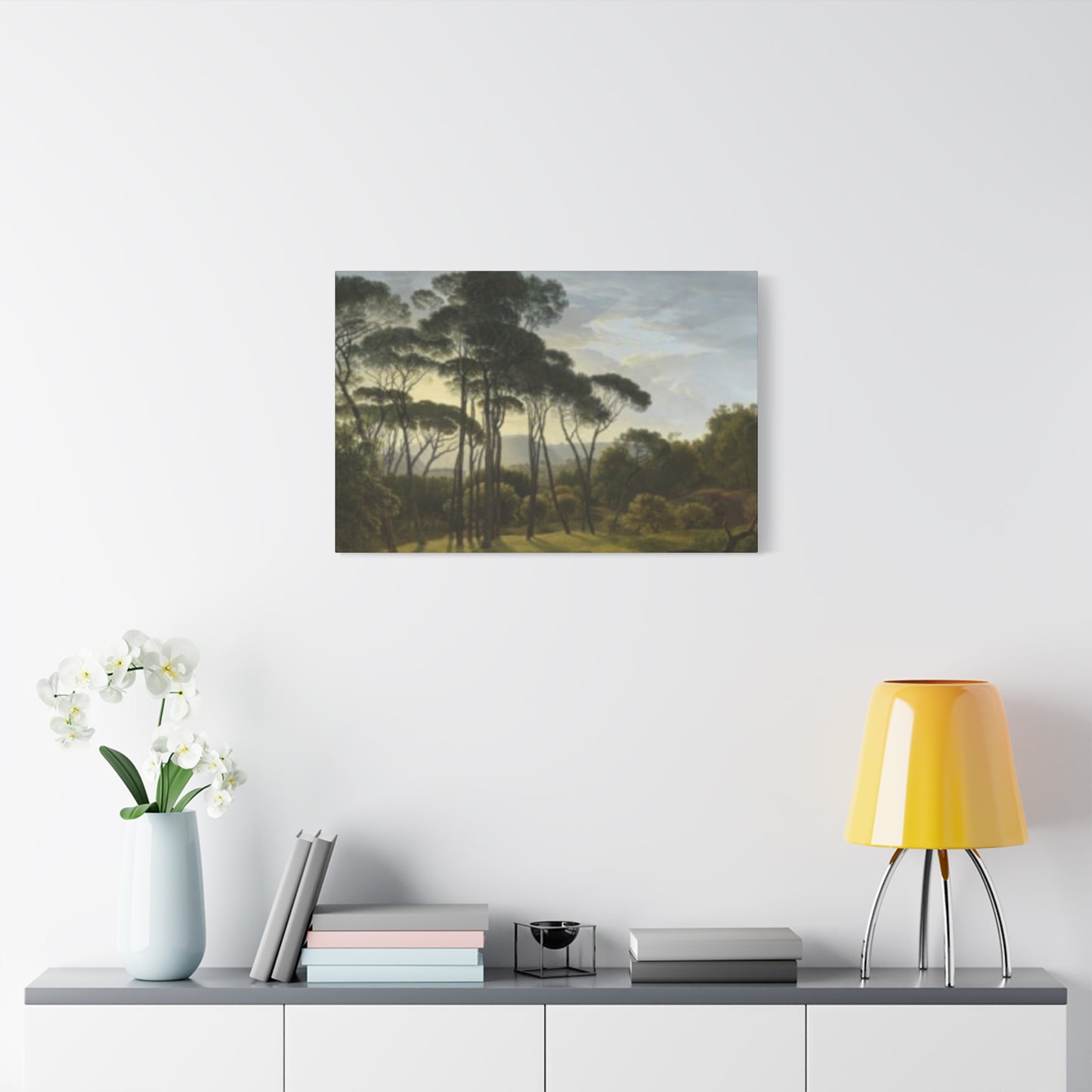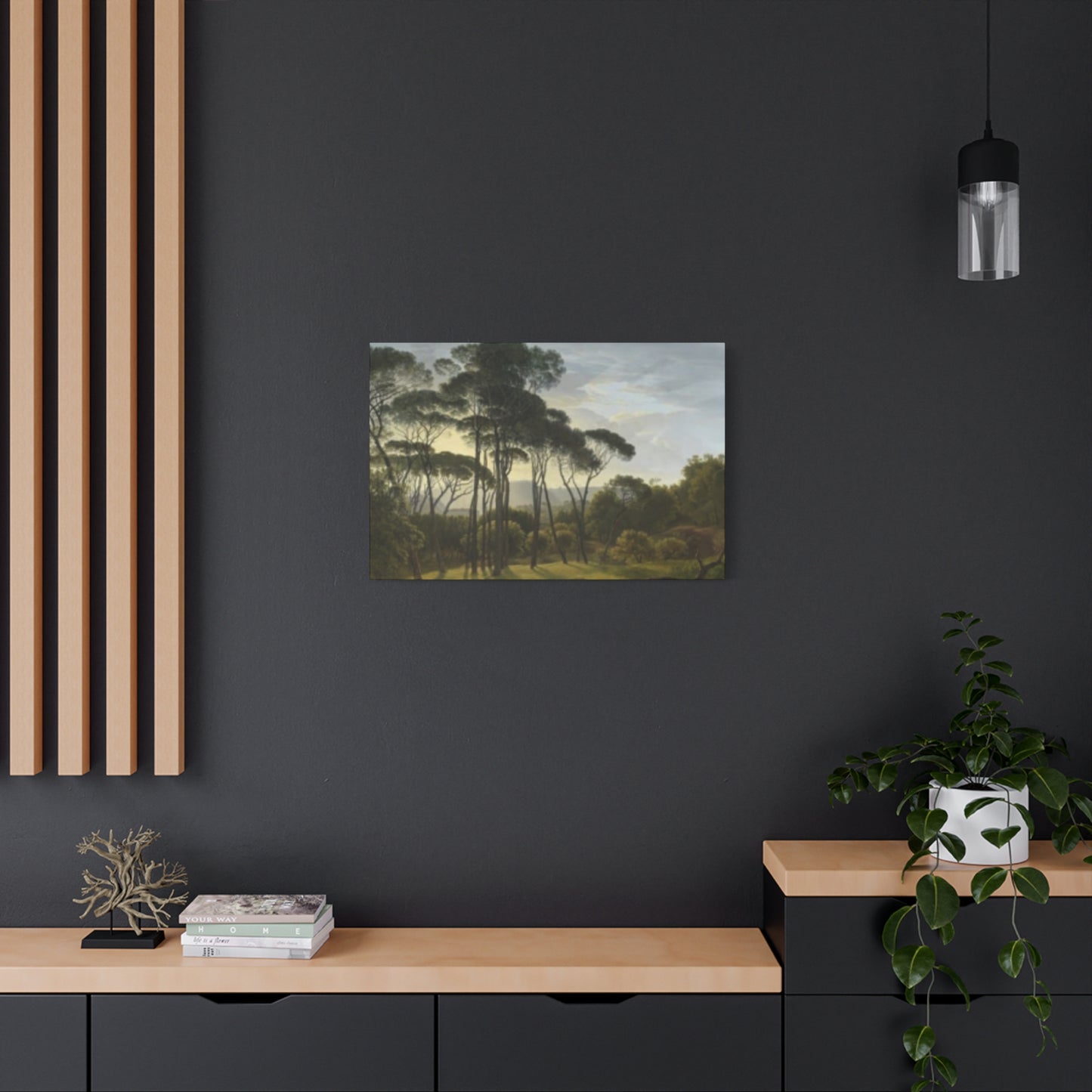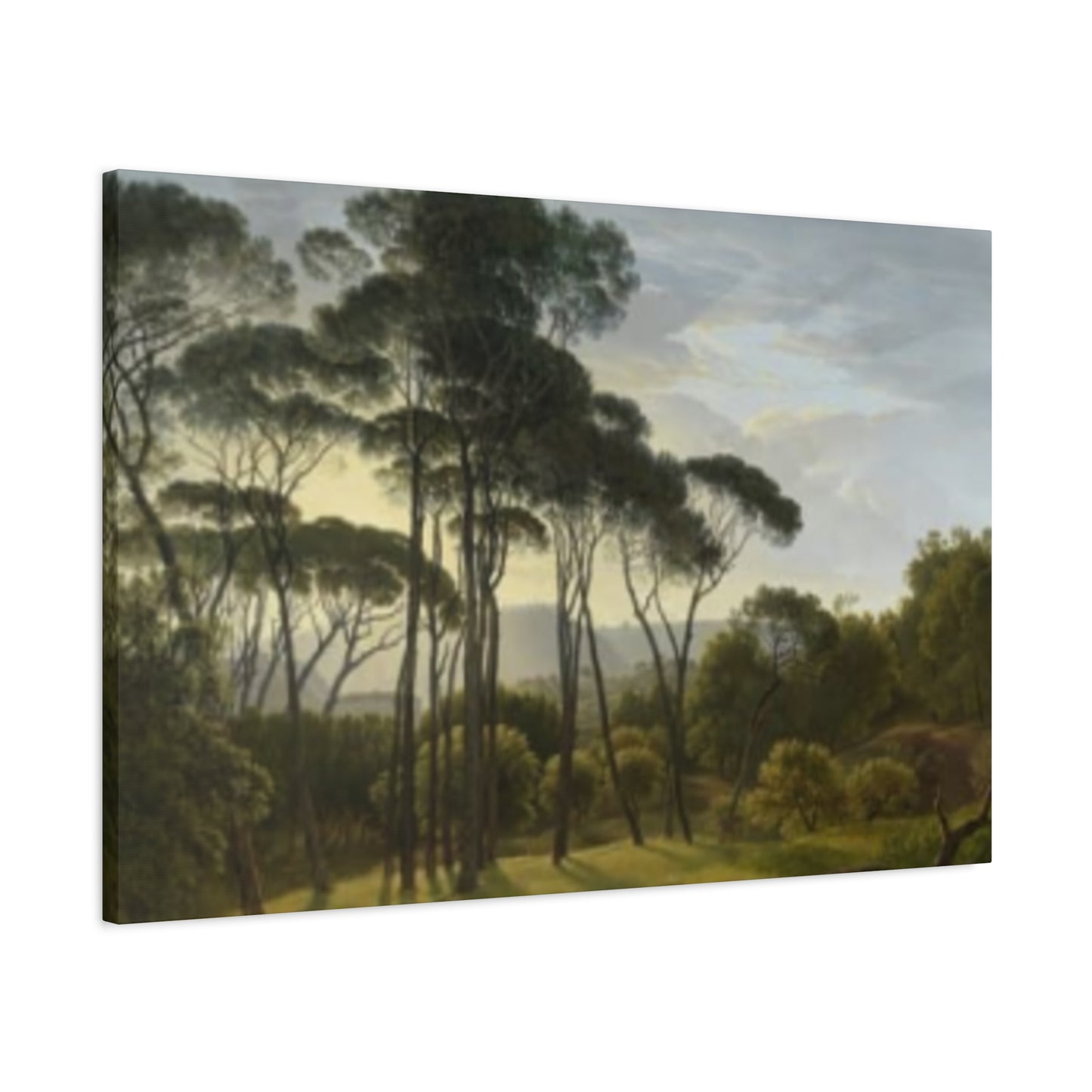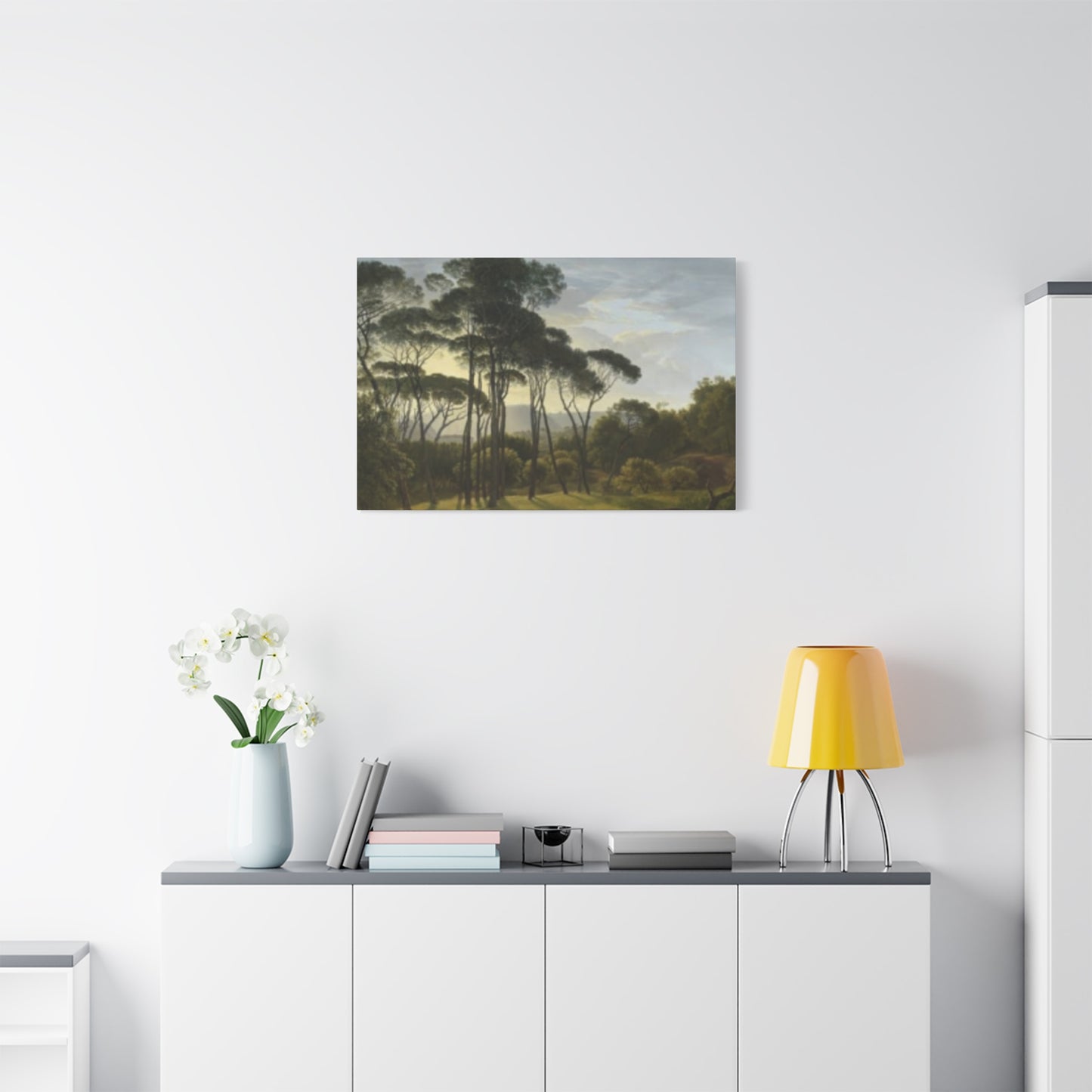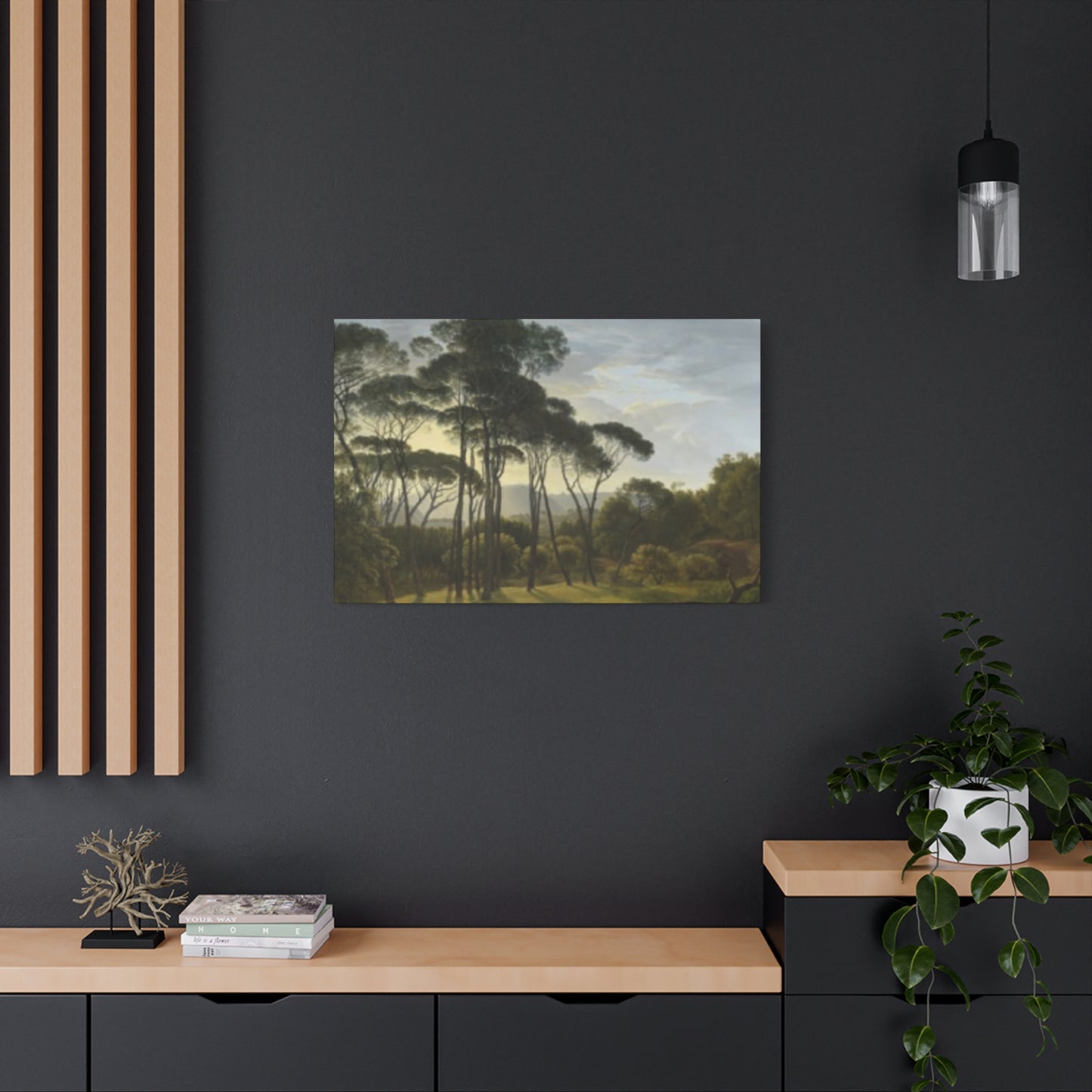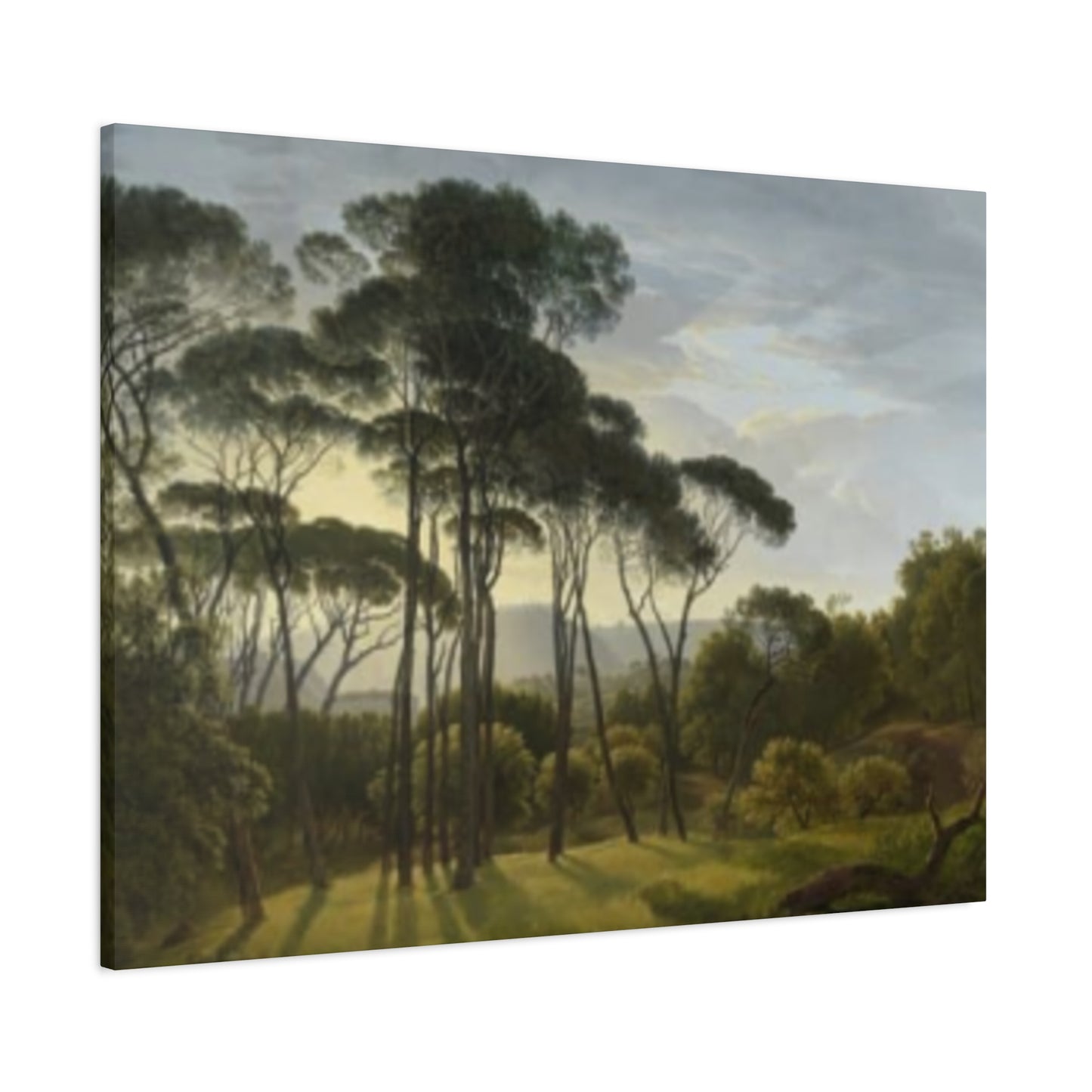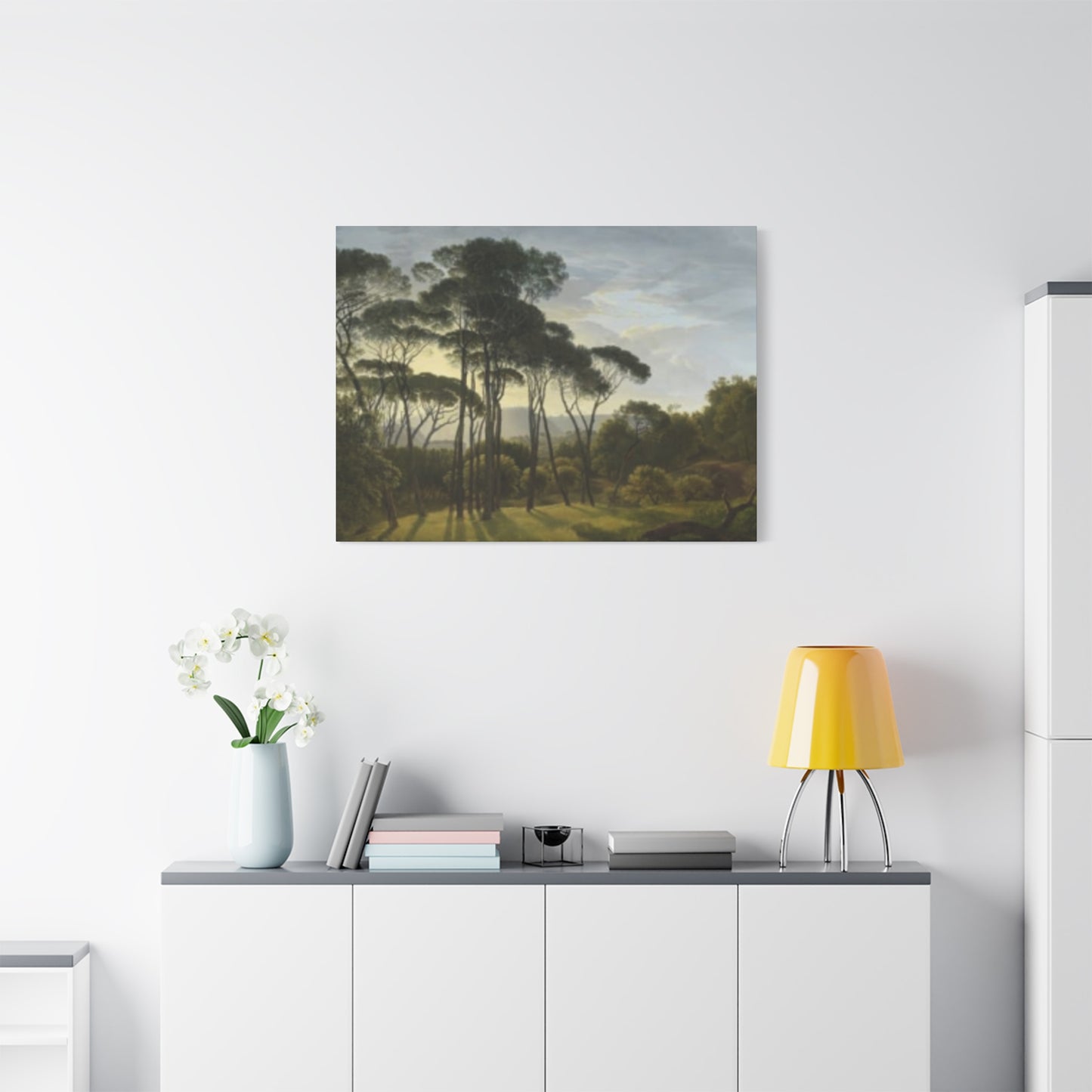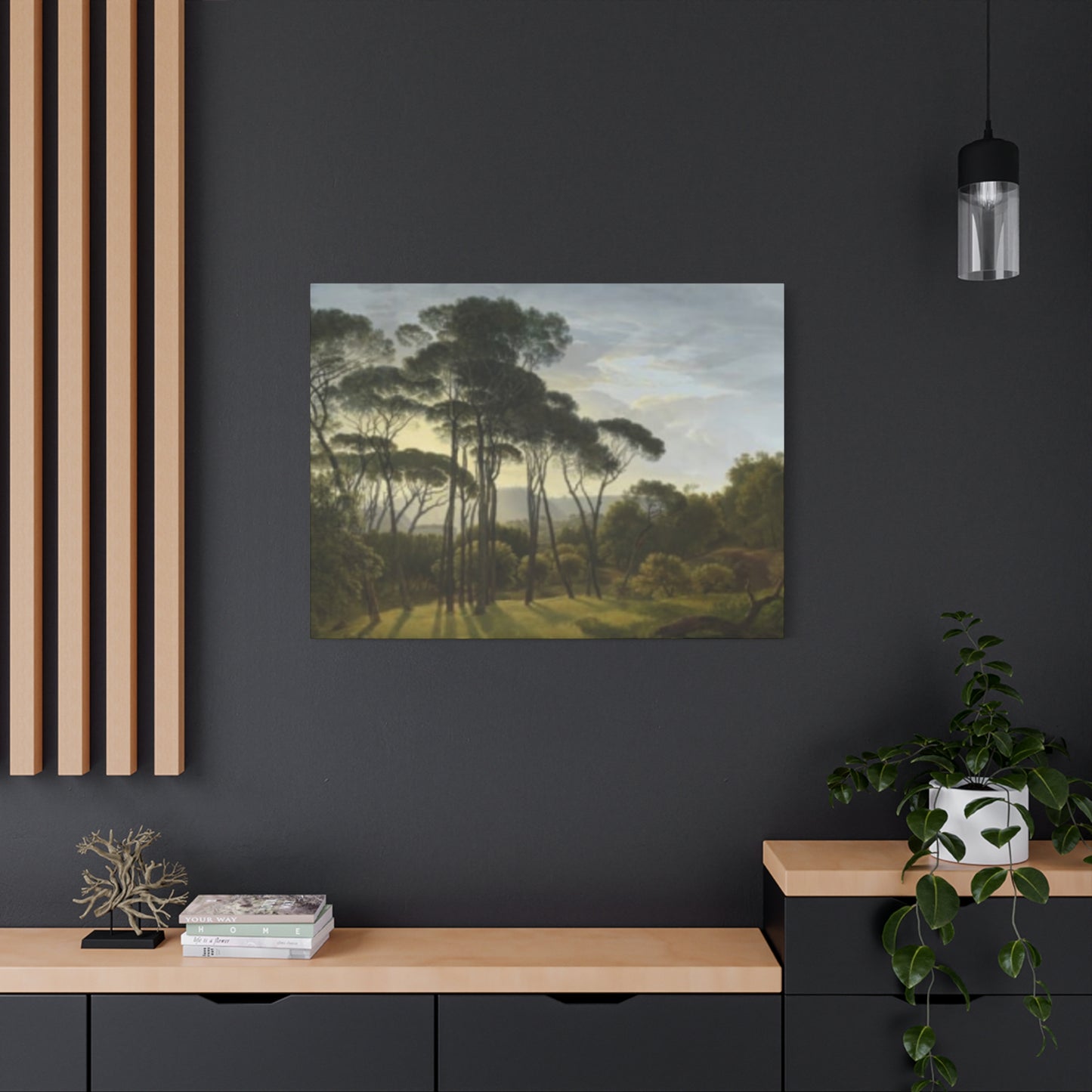Wildlife Panorama Wall Art: Elevating Interior Spaces with Nature's Magnificence
Wildlife panorama wall art represents one of the most captivating ways to bring the natural world into our living spaces. These breathtaking pieces capture the essence of untamed landscapes, showcasing majestic animals in their natural habitats while creating focal points that transform ordinary rooms into extraordinary sanctuaries. The appeal of wildlife panorama wall art extends far beyond mere decoration, offering homeowners an opportunity to connect with nature's raw beauty while establishing sophisticated interior design themes that resonate with both residents and guests.
The growing popularity of wildlife panorama wall art reflects our collective desire to reconnect with the natural world, especially as urban living becomes increasingly prevalent. These artistic pieces serve as windows to distant wilderness areas, allowing us to experience the thrill of African savannas, the serenity of North American forests, or the drama of arctic tundra from the comfort of our homes. Each wildlife panorama tells a story, capturing moments of natural behavior, seasonal migrations, or intimate family interactions that remind us of our connection to the broader ecosystem.
Contemporary interior design increasingly embraces biophilic elements, and wildlife panorama wall art perfectly fulfills this trend by introducing organic shapes, natural color palettes, and emotional connections to the outdoors. Whether displayed as single statement pieces or arranged in carefully curated collections, these artworks possess the unique ability to influence mood, spark conversation, and create memorable visual experiences that enhance the overall ambiance of any interior space.
Breathtaking Wildlife Panorama Pieces for Modern Homes
Modern homes benefit tremendously from the incorporation of breathtaking wildlife panorama pieces that serve as conversation starters while reflecting the homeowner's appreciation for natural beauty. These contemporary artworks combine artistic excellence with photographic precision, creating visual experiences that transport viewers to remote wilderness locations. The selection process for wildlife panorama pieces requires careful consideration of scale, subject matter, and aesthetic compatibility with existing interior elements.
Large-format wildlife panoramas work exceptionally well in modern homes with open floor plans, where expansive wall spaces can accommodate sweeping vistas of mountain ranges populated by elk herds, coastal scenes featuring marine mammals, or grassland panoramas showcasing grazing wildlife. These oversized pieces create dramatic focal points that anchor entire rooms while establishing design themes that flow throughout connected living spaces.
Medium-sized wildlife panoramas offer versatility for modern homes with varied room proportions, allowing homeowners to create cohesive design schemes across multiple spaces. These pieces work particularly well in contemporary settings where clean lines and minimalist aesthetics benefit from the organic complexity found in natural wildlife scenes. The juxtaposition between modern architectural elements and wild animal subjects creates visual tension that adds depth and interest to otherwise stark environments.
Smaller wildlife panorama pieces excel in creating intimate viewing experiences within modern homes, particularly in personal spaces like home offices, reading nooks, or bedroom alcoves. These pieces invite closer inspection, revealing intricate details of animal behavior, habitat characteristics, and seasonal variations that might be overlooked in larger formats. The intimacy of smaller panoramas makes them ideal for spaces where contemplation and reflection are valued over dramatic visual impact.
The color palettes found in wildlife panorama pieces complement modern interior design schemes beautifully, with natural earth tones, muted greens, and warm browns providing sophisticated alternatives to bold contemporary color schemes. These organic color combinations create calming environments that promote relaxation while maintaining the visual interest necessary for dynamic modern living spaces.
Framing choices for wildlife panorama pieces in modern homes should emphasize clean lines and minimal visual interference with the artwork itself. Sleek metal frames, floating mount systems, or frameless presentations allow the natural beauty of wildlife subjects to take center stage while maintaining the contemporary aesthetic that defines modern interior design.
The lighting of wildlife panorama pieces in modern homes requires strategic planning to maximize visual impact while preserving the integrity of the artwork. LED track lighting, picture lights, or strategically placed accent fixtures can highlight specific elements within panoramic compositions while creating ambient lighting that enhances the overall atmosphere of modern living spaces.
Selecting the Perfect Wildlife Canvas for Your Interior
Selecting the perfect wildlife canvas for your interior involves a comprehensive evaluation of multiple factors that contribute to successful integration between artwork and living space. The process begins with careful assessment of available wall space, existing color schemes, furniture arrangements, and the overall aesthetic direction of your interior design project. Wildlife canvas selections should enhance rather than compete with other decorative elements while creating cohesive visual flow throughout your home.
Room function plays a crucial role in wildlife canvas selection, as different spaces require different emotional responses and visual energy levels. Living rooms benefit from dynamic wildlife scenes that encourage social interaction and conversation, such as panoramic views of African wildlife gathering at watering holes or dramatic predator-prey interactions captured in stunning detail. These engaging compositions provide natural talking points while establishing the room's role as a hub for family gatherings and entertainment.
Bedrooms require more serene wildlife canvas selections that promote relaxation and peaceful sleep. Gentle scenes of deer grazing in misty meadows, birds returning to roost at twilight, or peaceful lake scenes with waterfowl create calming atmospheres conducive to rest and rejuvenation. The emotional impact of bedroom wildlife canvas should emphasize tranquility over excitement, supporting the room's primary function as a retreat from daily stresses.
Dining rooms accommodate wildlife canvas selections that stimulate appetite and encourage lingering conversations over meals. Abundant scenes of wildlife in lush environments, harvest-themed compositions featuring animals preparing for winter, or verdant landscape panoramas create positive associations with nourishment and gathering. The wildlife canvas in dining areas should complement the communal nature of shared meals while avoiding potentially disturbing predatory scenes that might affect appetite.
Home offices benefit from wildlife canvas selections that inspire creativity and focus while providing visual relief from screen-based work. Majestic mountain scenes with soaring eagles, peaceful forest glades with contemplative deer, or vast prairie panoramas with roaming bison create mental escape opportunities that can reduce stress and improve productivity. The wildlife canvas in office spaces should energize without overwhelming, supporting concentration while offering moments of visual respite.
Color coordination between wildlife canvas selections and existing interior elements requires careful attention to undertones, saturation levels, and value contrasts. Wildlife subjects naturally incorporate earth tones that complement most interior color schemes, but specific canvas selections should harmonize with upholstery, flooring, and accent colors already present in the space. Consider how morning and evening light will interact with your wildlife canvas selection, as changing illumination throughout the day can dramatically affect color perception.
Scale relationships between wildlife canvas selections and surrounding furnishings must be carefully balanced to create pleasing proportions and visual hierarchy. Oversized canvas pieces work best with substantial furniture arrangements and high ceilings, while smaller wildlife compositions suit intimate spaces with delicate furnishing scales. The wildlife canvas should feel appropriately sized for its intended wall space without overwhelming adjacent elements or appearing diminished by surrounding architectural features.
Decorating Strategies Using Wildlife Landscape Prints
Decorating strategies using wildlife landscape prints require thoughtful planning to maximize their visual impact while creating cohesive interior design schemes that celebrate natural beauty. These versatile artworks offer numerous arrangement possibilities, from single statement pieces to complex gallery walls that tell comprehensive stories about wilderness experiences and wildlife conservation. The key to successful decoration with wildlife landscape prints lies in understanding how these pieces interact with architectural elements, lighting conditions, and existing furnishings.
Creating focal points with wildlife landscape prints involves strategic placement that draws attention while maintaining visual balance throughout the room. Large panoramic wildlife prints work exceptionally well above substantial furniture pieces like sofas, dining tables, or bedroom headboards, where their horizontal orientation complements the linear nature of these furnishings. The wildlife subjects within these prints should align with the room's sight lines, ensuring that viewers naturally encounter the artwork as they enter and move through the space.
Grouping strategies for wildlife landscape prints can create powerful visual narratives that transport viewers through different ecosystems, seasons, or animal behaviors. Triptych arrangements featuring the same wildlife species in different settings tell stories of migration, adaptation, or seasonal changes. Series arrangements showcasing various animals within the same habitat create comprehensive portraits of ecosystem diversity and interdependence.
Layered decorating approaches incorporate wildlife landscape prints as foundational elements within broader design schemes that include complementary natural materials, textures, and accessories. Wooden furniture, stone accents, woven textiles, and plant materials all enhance the natural themes introduced by wildlife landscape prints while creating rich, multisensory environments that celebrate connections to the outdoors.
Seasonal rotation strategies for wildlife landscape prints allow homeowners to refresh their interiors while celebrating the changing rhythms of natural cycles. Spring prints might feature young animals and budding vegetation, while autumn selections showcase migration patterns and harvest preparations. This rotation approach keeps interiors feeling fresh while deepening connections to natural cycles that urban living often obscures.
Color story development using wildlife landscape prints involves selecting pieces that share common color elements while representing different aspects of natural environments. Warm-toned prints featuring sunrise or sunset lighting can create cozy, inviting atmospheres, while cool-toned prints with misty or dawn lighting promote calm, reflective moods. The color relationships between multiple wildlife landscape prints should feel intentional rather than coincidental.
Integration with existing architectural features requires careful consideration of how wildlife landscape prints interact with windows, doorways, built-in storage, and other permanent elements. Prints positioned near windows should complement rather than compete with natural views, while those placed near doorways should welcome visitors with appropriate subject matter and emotional tone.
Lighting design for wildlife landscape prints requires multiple light sources that can highlight different aspects of the artwork while providing general room illumination. Natural daylight reveals color nuances and details that might be missed under artificial lighting alone, while evening illumination should enhance the mood and atmosphere created by the wildlife subjects.
Creating Minimalist Spaces Enhanced by Wildlife Panoramas
Creating minimalist spaces enhanced by wildlife panoramas requires a delicate balance between simplicity and natural complexity that celebrates both design philosophies without compromising either aesthetic. The inherent richness of wildlife subjects provides organic complexity that prevents minimalist spaces from feeling stark or unwelcoming, while the disciplined approach of minimalism allows the natural beauty of wildlife panoramas to shine without visual competition.
The selection process for wildlife panoramas in minimalist spaces emphasizes quality over quantity, choosing single exceptional pieces rather than multiple smaller works that might create visual clutter. These carefully chosen panoramas become meditation focal points within simplified environments, offering viewers opportunities for contemplation and connection with natural rhythms that complement the intentional simplicity of minimalist design principles.
Color palettes for wildlife panoramas in minimalist spaces should align with the restrained color schemes typical of this design approach while introducing enough natural variation to prevent monotony. Black and white wildlife panoramas work exceptionally well in minimalist environments, providing dramatic contrast and timeless appeal that transcends temporary decorating trends. Sepia-toned or muted color panoramas can add warmth without overwhelming the careful color balance that defines successful minimalist interiors.
Framing strategies for wildlife panoramas in minimalist spaces should emphasize clean lines and unobtrusive materials that allow the natural subjects to dominate the visual experience. Thin metal frames, floating mount systems, or completely frameless presentations maintain the uncluttered aesthetic that minimalism requires while protecting and presenting the artwork effectively.
Placement considerations for wildlife panoramas in minimalist spaces require strategic positioning that maximizes impact while maintaining the spacious, uncluttered feeling that defines this design approach. Single large panoramas work better than multiple smaller pieces, creating powerful focal points that anchor rooms without fragmenting visual attention across multiple elements.
Lighting design for wildlife panoramas in minimalist spaces should be similarly restrained, using hidden LED strips, recessed ceiling fixtures, or strategically placed track lighting that illuminates the artwork without introducing visual complexity through visible light fixtures. The goal is to make the wildlife panorama appear naturally lit while maintaining the clean architectural lines that characterize minimalist environments.
Supporting elements in minimalist spaces enhanced by wildlife panoramas should be carefully curated to complement rather than compete with the natural subjects. Simple wooden furniture, neutral textiles, and strategically placed plants can enhance the natural themes without cluttering the visual field or detracting from the panoramic artwork.
The emotional impact of wildlife panoramas in minimalist spaces can be profound, as the simplified environment allows viewers to engage more deeply with the natural subjects without distraction. This focused viewing experience often creates stronger emotional connections to the wildlife depicted, supporting conservation awareness and environmental consciousness.
Maintenance considerations for wildlife panoramas in minimalist spaces involve protecting the artwork from dust and UV damage while maintaining the clean appearance that minimalism requires. Regular cleaning schedules and UV-filtering glazing help preserve both the artwork and the pristine aesthetic that successful minimalist environments depend upon.
Artistic Approaches to Wildlife Canvas Display
Artistic approaches to wildlife canvas display encompass a broad spectrum of creative strategies that transform simple wall decoration into sophisticated visual experiences that celebrate both artistic expression and natural beauty. These approaches consider not only the wildlife subjects themselves but also the relationships between multiple pieces, the interaction with architectural elements, and the creation of immersive environments that transport viewers into wild spaces.
Gallery wall arrangements for wildlife canvas display offer opportunities to create comprehensive narratives about ecosystem diversity, conservation challenges, or personal wildlife encounters. These complex installations require careful planning to balance visual weight, color relationships, and thematic connections while maintaining coherent overall compositions. The most successful gallery walls using wildlife canvas tell stories that unfold as viewers move through the space, revealing new details and relationships with each viewing angle.
Salon-style hanging approaches for wildlife canvas display embrace denser arrangements that celebrate abundance and variety within natural environments. These installations work particularly well in informal spaces where visual richness and comfort take precedence over formal design principles. Salon arrangements allow for the inclusion of various canvas sizes and subjects while creating cozy, intimate atmospheres that encourage closer inspection and longer contemplation.
Museum-quality display approaches for wildlife canvas prioritize the preservation and presentation of individual pieces as significant artworks deserving focused attention. These presentations often involve professional-grade lighting, climate control considerations, and protective framing that emphasizes the artistic value of wildlife subjects. Museum approaches work well for valuable or particularly meaningful pieces that serve as centerpieces for interior design schemes.
Seasonal rotation displays for wildlife canvas allow homeowners to refresh their interiors while celebrating the changing rhythms of natural cycles throughout the year. Storage solutions, hanging systems, and cataloging methods support rotation programs that keep interiors feeling fresh while deepening connections to seasonal changes that modern life often obscures.
Interactive display approaches incorporate technology or physical elements that enhance viewer engagement with wildlife canvas subjects. QR codes linking to conservation information, audio guides with animal sounds, or augmented reality features can transform static displays into educational experiences that promote environmental awareness and conservation support.
Thematic grouping strategies for wildlife canvas display organize pieces around specific concepts like endangered species, habitat conservation, or behavioral studies. These focused presentations can support educational goals while creating visually coherent installations that reinforce specific messages about wildlife conservation and environmental protection.
Scale variation within wildlife canvas displays creates visual rhythm and prevents monotonous arrangements that fail to hold viewer interest. Mixing large statement pieces with medium and small supporting works creates hierarchical compositions that guide viewer attention while providing comprehensive coverage of wildlife subjects and habitats.
Color coordination approaches for wildlife canvas display consider both the natural colors within individual pieces and the overall color harmony created by multiple works displayed together. Successful color coordination can unify diverse wildlife subjects while creating pleasing visual experiences that complement interior design schemes.
Styling Living Spaces with Wildlife Panorama Prints
Styling living spaces with wildlife panorama prints requires understanding how these powerful artworks interact with furniture arrangements, traffic patterns, and social functions to create environments that celebrate natural beauty while supporting comfortable daily living. The horizontal format typical of panorama prints offers unique opportunities for enhancing the architectural proportions of rooms while introducing the visual depth and emotional resonance that wildlife subjects naturally provide.
Furniture arrangement strategies for living spaces featuring wildlife panorama prints should consider how seating groups relate to the artwork placement, ensuring that conversation areas benefit from views of the natural subjects while maintaining comfortable social distances and circulation patterns. The wildlife panorama often becomes a natural focal point around which other elements are arranged, creating visual anchor points that organize entire room layouts.
Color scheme development for living spaces with wildlife panorama prints draws inspiration from the natural palettes found within the artworks while considering how these colors interact with artificial lighting, natural daylight changes, and existing architectural finishes. The earth tones, sky colors, and vegetation hues found in wildlife panoramas provide rich foundation palettes that can be extended throughout living spaces through upholstery, accessories, and accent elements.
Layering strategies for living spaces incorporate wildlife panorama prints as foundational elements within broader decorating schemes that include complementary textures, materials, and accessories. Natural materials like wood, stone, and woven fibers enhance the outdoor themes introduced by wildlife subjects while creating rich, multi-sensory environments that feel both sophisticated and welcoming.
Lighting design for living spaces with wildlife panorama prints requires multiple light sources that can adapt to different activities and times of day while consistently highlighting the natural beauty of the artwork. Combination approaches using ambient, task, and accent lighting create flexible environments that support various living activities while maintaining focus on the wildlife subjects.
Scale relationships between wildlife panorama prints and living space furnishings must be carefully balanced to create pleasing proportions that enhance rather than overwhelm the room's other elements. Large panoramas work well in spacious living areas with high ceilings and substantial furniture, while smaller prints suit intimate spaces with delicate furnishing scales.
Seasonal decorating approaches for living spaces with wildlife panorama prints involve adjusting accessories, textiles, and accent colors to reflect changing natural cycles while maintaining year-round appreciation for the wildlife subjects. These seasonal changes can deepen connections to natural rhythms while keeping living spaces feeling fresh and current.
Entertainment considerations for living spaces with wildlife panorama prints include positioning artworks where they can be appreciated during social gatherings while avoiding locations where they might compete with television screens or other electronic displays. The wildlife subjects often serve as natural conversation starters that enhance social interactions.
Maintenance planning for living spaces with wildlife panorama prints involves protecting the artwork from direct sunlight, humidity fluctuations, and physical damage while maintaining easy cleaning access and stable mounting systems that can withstand the higher activity levels typical of living areas.
Bedroom Enhancement Through Wildlife Landscapes
Bedroom enhancement through wildlife landscapes creates personal sanctuaries that promote relaxation, peaceful sleep, and morning inspiration through carefully selected natural imagery that complements the room's primary functions while reflecting individual connections to the natural world. The intimate nature of bedroom spaces allows for more personal wildlife selections that might include favorite animals, meaningful habitats, or scenes that evoke cherished outdoor memories.
Sleep psychology considerations for bedroom wildlife landscapes emphasize calming subjects and color palettes that support relaxation and peaceful rest. Gentle scenes of deer grazing in misty meadows, birds settling in for evening roost, or tranquil lake reflections with waterfowl create soothing atmospheres that help transition from daily stress to restful sleep. Avoiding dynamic predator scenes or high-energy wildlife action helps maintain the peaceful ambiance that bedrooms require.
Placement strategies for wildlife landscapes in bedrooms consider sight lines from the bed, ensuring that the first and last daily views include inspiring natural subjects that set positive tones for waking and sleeping. Many homeowners prefer wildlife landscapes positioned opposite the bed where they can be appreciated upon waking, while others choose placement above the headboard for intimate viewing during quiet evening hours.
Color relationships between bedroom wildlife landscapes and existing interior elements should promote harmony and tranquility rather than visual excitement. Soft greens from forest scenes, gentle blues from water environments, or warm earth tones from prairie landscapes can enhance bedroom color schemes while supporting the emotional atmosphere conducive to rest and relaxation.
Size considerations for bedroom wildlife landscapes depend on room proportions and viewing distances, with many bedrooms benefiting from medium-sized pieces that provide detail interest without overwhelming intimate spaces. The artwork should feel proportionate to the bed and other furnishings while maintaining appropriate scale relationships that create visual comfort.
Lighting design for bedroom wildlife landscapes requires flexibility to support both daytime viewing and evening ambiance, with options for dimming or accent lighting that can highlight the natural subjects without disrupting sleep preparation routines. Soft LED strips or adjustable picture lights provide viewing illumination without harsh glare that might interfere with bedroom functions.
Personal connection strategies for bedroom wildlife landscapes encourage selection of subjects that hold special meaning or evoke positive memories, creating personal sanctuaries that reflect individual relationships with nature. These might include animals encountered during memorable trips, species from childhood home regions, or subjects that represent personal values related to conservation or environmental protection.
Seasonal adaptation approaches for bedroom wildlife landscapes can involve rotating artworks to reflect changing natural cycles or adjusting surrounding accessories to complement the wildlife subjects throughout the year. These changes help maintain fresh perspectives while deepening appreciation for natural rhythms.
Privacy considerations for bedroom wildlife landscapes include selecting subjects and presentations that feel appropriate for intimate spaces while maintaining the inspiring qualities that enhance daily life. The personal nature of bedrooms allows for more experimental or meaningful choices that might not be suitable for public areas of the home.
Gallery Wall Concepts with Wildlife Panorama Canvas
Gallery wall concepts with wildlife panorama canvas offer sophisticated approaches to creating comprehensive visual narratives that celebrate biodiversity, conservation awareness, and artistic excellence while transforming large wall areas into immersive viewing experiences. These complex installations require careful planning to balance individual piece impact with overall compositional success, considering how multiple panoramic formats interact to tell cohesive stories about wildlife habitats and conservation challenges.
Planning strategies for wildlife panorama gallery walls begin with content selection that creates meaningful connections between individual pieces while maintaining visual variety that sustains viewer interest. Thematic approaches might focus on specific ecosystems, endangered species, seasonal cycles, or behavioral studies, while aesthetic approaches emphasize color relationships, compositional similarities, or artistic techniques that unify diverse subjects.
Layout development for gallery walls with wildlife panorama canvas requires attention to visual weight distribution, sight line considerations, and traffic flow patterns that ensure comfortable viewing from multiple positions within the room. The horizontal nature of panoramic formats creates unique challenges and opportunities for gallery wall arrangements that differ significantly from traditional square or vertical format collections.
Scale variation within wildlife panorama gallery walls creates visual rhythm and hierarchical organization that guides viewer attention while providing comprehensive coverage of wildlife subjects. Mixing large statement panoramas with smaller supporting pieces creates dynamic compositions that reveal new details and relationships with continued viewing.
Color coordination approaches for wildlife panorama gallery walls consider both the natural color relationships within individual pieces and the overall color harmony created by multiple works displayed together. Successful coordination can unify diverse wildlife subjects while creating pleasing visual experiences that complement interior design schemes without overwhelming room functions.
Framing strategies for wildlife panorama gallery walls should create visual unity while allowing individual pieces to maintain their unique characteristics. Consistent frame styles, materials, or colors help unify diverse subjects while mat selection and spacing considerations affect the overall visual flow and impact of the complete installation.
Lighting design for gallery walls with wildlife panorama canvas requires comprehensive illumination planning that highlights individual pieces while creating overall ambient lighting that supports the room's other functions. Track lighting systems, picture lights, and accent fixtures can be combined to create flexible lighting schemes that adapt to different viewing needs and times of day.
Installation considerations for wildlife panorama gallery walls include wall preparation, hanging systems, and safety measures that ensure stable, long-term display while allowing for future adjustments or expansions. Professional installation may be advisable for valuable pieces or complex arrangements that involve significant weight or precise alignment requirements.
Maintenance planning for wildlife panorama gallery walls involves regular cleaning schedules, climate control considerations, and protection from UV damage that can affect multiple pieces simultaneously. Preventive care measures help preserve both individual artworks and the overall visual impact of gallery wall installations.
Educational opportunities within wildlife panorama gallery walls can be enhanced through informational labels, QR codes linking to conservation websites, or accompanying materials that deepen viewer understanding of wildlife subjects and conservation challenges. These educational elements can transform decorative installations into learning experiences that promote environmental awareness.
Budget-Friendly Wildlife Panorama Wall Art Options
Budget-friendly wildlife panorama wall art options provide accessible entry points for nature enthusiasts who want to incorporate wildlife themes into their homes without significant financial investment. These affordable alternatives maintain visual impact and decorative value while accommodating various budget constraints and allowing homeowners to experiment with wildlife subjects before committing to more expensive original artworks or limited edition prints.
Print-on-demand services offer extensive selections of wildlife panorama images that can be customized to specific size requirements and printing preferences at reasonable costs. These services typically provide high-quality digital reproductions of wildlife photography that can be printed on various substrates including canvas, paper, or metal, allowing homeowners to choose presentations that best suit their interior design needs and budget limitations.
Online marketplace platforms connect buyers directly with wildlife photographers and artists offering digital downloads of panoramic images that can be printed locally or through preferred printing services. This approach often provides access to unique or less common wildlife subjects while supporting independent artists and photographers who specialize in nature imagery.
Local photographer collaborations can yield custom wildlife panorama pieces at reasonable costs while supporting community artists and potentially accessing regionally relevant wildlife subjects. Many photographers offer printing services or digital files that can be reproduced locally, creating opportunities for personalized artwork that reflects local wildlife populations and habitats.
DIY mounting and framing approaches can significantly reduce the total cost of wildlife panorama wall art while providing opportunities for customization and personal involvement in the presentation process. Basic framing techniques, floating mount systems, and alternative mounting methods can create professional-looking installations at fraction of commercial framing costs.
Seasonal sales and promotional opportunities from established art retailers, online galleries, and wildlife photography websites provide access to higher-quality pieces at reduced costs. Newsletter subscriptions, social media follows, and wishlist monitoring can help identify these promotional opportunities when they arise.
Rental and rotation programs offered by some art rental services allow homeowners to enjoy wildlife panorama pieces without purchase commitments while providing opportunities to experience different subjects and styles before making permanent acquisition decisions. These programs work particularly well for renters or those who prefer changing their artwork regularly.
Group purchase arrangements with friends, neighbors, or coworkers can provide access to bulk pricing on wildlife panorama prints while creating opportunities to share shipping costs and minimum order requirements that might otherwise be prohibitive for individual purchases.
Refurbishment opportunities involve acquiring used or damaged wildlife panorama pieces that can be restored, reframed, or repurposed at significant cost savings. Thrift stores, estate sales, and online classifieds occasionally yield wildlife artwork that can be refreshed for contemporary display.
Educational institution partnerships with local schools, colleges, or nature centers sometimes provide access to student artwork, nature photography exhibitions, or educational materials featuring wildlife panoramas that can be acquired at nominal costs while supporting educational programs.
Nature-Inspired Interior Design with Wildlife Panoramas
Nature-inspired interior design with wildlife panoramas creates comprehensive decorating schemes that celebrate natural beauty while establishing cohesive aesthetic themes throughout homes. These design approaches use wildlife panoramas as foundational elements that influence color selections, material choices, furniture styles, and accessory decisions to create immersive environments that bring outdoor experiences indoors.
Biophilic design principles guide nature-inspired interiors by incorporating elements that strengthen human connections to natural environments through visual, tactile, and psychological experiences. Wildlife panoramas serve as powerful biophilic elements that provide visual access to natural landscapes while evoking emotional responses that can reduce stress, improve mood, and enhance overall wellbeing.
Color palette development for nature-inspired interiors draws directly from the hues found within wildlife panorama subjects, extending forest greens, sky blues, earth browns, and sunset oranges throughout interior spaces through paint selections, upholstery choices, and decorative accessories. These natural color relationships create harmonious environments that feel cohesive and intentionally designed.
Material selection strategies for nature-inspired interiors emphasize organic substances like wood, stone, bamboo, and natural fibers that complement the wildlife subjects while creating tactile experiences that enhance the connection to natural environments. These materials provide textural variety that prevents nature-inspired interiors from appearing flat or monotonous.
Furniture style choices for nature-inspired interiors often favor organic shapes, natural finishes, and craftsmanship that reflects traditional woodworking or metalworking techniques. These pieces complement wildlife panoramas by maintaining the handcrafted qualities and natural materials that outdoor environments represent.
Lighting design for nature-inspired interiors attempts to replicate natural lighting conditions through the use of full-spectrum bulbs, adjustable intensities, and fixtures that cast organic shadow patterns. This attention to lighting quality enhances the viewing experience of wildlife panoramas while creating ambient conditions that feel natural and comfortable.
Plant integration strategies for nature-inspired interiors use live vegetation to bridge the gap between wildlife panorama subjects and the interior environment, creating layered natural experiences that change over time. Careful plant selection can echo the habitats depicted in wildlife panoramas while providing air purification and seasonal interest.
Textile selection for nature-inspired interiors incorporates natural fibers, organic patterns, and earth-toned colors that complement wildlife panorama subjects while providing comfort and warmth. These textiles can include botanical prints, animal motifs, or abstract patterns inspired by natural phenomena.
Accessory choices for nature-inspired interiors might include natural specimens like stones, shells, or driftwood that create connections to outdoor experiences while complementing the wildlife subjects depicted in panoramic artworks. These accessories should enhance rather than compete with the panoramic displays.
Seasonal adaptation strategies for nature-inspired interiors involve adjusting accessories, textiles, and accent colors to reflect changing natural cycles while maintaining year-round appreciation for wildlife panorama subjects. These seasonal changes can deepen connections to natural rhythms while keeping interiors feeling fresh and current.
Appeal of Wildlife Panorama Canvas Art
The timeless appeal of wildlife panorama canvas art stems from fundamental human connections to nature that transcend temporary decorating trends or cultural preferences, creating lasting value that makes these artworks excellent long-term investments for interior design schemes. Unlike fashion-driven decorative elements that quickly become dated, wildlife subjects possess enduring relevance that speaks to universal experiences and emotions shared across cultures and generations.
Classic wildlife subjects featured in panorama canvas art include majestic predators like lions, tigers, and bears that have captivated human imagination throughout history, creating emotional connections that remain powerful regardless of changing aesthetic preferences. These iconic animals represent strength, freedom, and wild beauty that resonates with viewers across demographic and cultural boundaries.
Compositional elements that contribute to timeless appeal include balanced layouts, natural color harmonies, and engaging subject matter that rewards repeated viewing while revealing new details over time. The best wildlife panorama canvas art combines technical excellence with emotional impact, creating pieces that function as both decorative elements and meaningful artistic expressions.
Investment value considerations for wildlife panorama canvas art include factors like artist reputation, print edition sizes, subject matter significance, and presentation quality that affect both current market value and future appreciation potential. Original artworks or limited edition prints by established wildlife artists often maintain or increase value over time while providing ongoing aesthetic pleasure.
Cultural significance aspects of wildlife panorama canvas art connect to conservation awareness, environmental education, and spiritual relationships with nature that give these artworks meaning beyond their decorative function. Pieces featuring endangered species or threatened habitats carry additional significance as historical documents of natural heritage that may become increasingly valuable as conservation challenges intensify.
Versatility factors that contribute to timeless appeal include the ability of wildlife panorama canvas art to complement various interior design styles, from rustic cabins to contemporary urban apartments, while maintaining their visual impact and emotional resonance. This adaptability ensures that wildlife artworks remain relevant through changing living situations and evolving personal tastes.
Quality construction elements that support timeless appeal include archival printing techniques, fade-resistant inks, proper canvas preparation, and professional mounting systems that ensure long-term preservation and presentation quality. High-quality wildlife panorama canvas art can last decades while maintaining its original visual impact and emotional power.
Educational value components of timeless wildlife panorama canvas art include opportunities for learning about animal behavior, habitat requirements, conservation challenges, and ecological relationships that make these pieces more than simple decoration. This educational aspect adds depth and meaning that grows over time as viewers develop greater understanding of the subjects depicted.
Emotional connection factors that create timeless appeal include the ability of wildlife subjects to evoke memories of outdoor experiences, inspire conservation awareness, or provide comfort during stressful periods through visual connection to peaceful natural environments. These emotional benefits remain valuable regardless of changing decorating preferences or lifestyle circumstances.
Heritage value considerations for wildlife panorama canvas art include the potential for these pieces to become family heirlooms that pass meaningful connections to nature from one generation to the next, creating lasting legacies that extend beyond their decorative function. This heritage potential adds significance that grows over time as family stories and memories become associated with specific artworks.
Maximizing Visual Impact with Wildlife Wall Displays
Maximizing visual impact with wildlife wall displays requires strategic planning that considers viewing angles, lighting conditions, scale relationships, and compositional elements to create memorable experiences that enhance interior spaces while celebrating natural beauty. Successful wildlife displays command attention while integrating harmoniously with existing architectural and decorative elements to create cohesive interior environments.
Strategic placement techniques for wildlife wall displays consider natural sight lines, traffic patterns, and furniture arrangements to ensure optimal viewing conditions from multiple positions within rooms. Primary viewing positions should offer comfortable distances for detail appreciation while secondary viewing angles provide alternative perspectives that reveal different aspects of wildlife subjects.
Scale optimization strategies for wildlife wall displays involve matching artwork sizes to wall proportions, ceiling heights, and surrounding furnishings to create pleasing relationships that enhance rather than overwhelm interior spaces. Oversized pieces work best in spacious rooms with substantial architectural features, while smaller displays suit intimate spaces with delicate proportions.
Lighting design principles for maximizing wildlife wall display impact include eliminating glare, providing adequate illumination levels, and creating accent lighting that highlights important compositional elements within wildlife subjects. Professional-quality lighting systems can dramatically enhance color saturation, detail visibility, and overall visual drama of wildlife displays.
Color coordination approaches for wildlife wall displays consider how natural colors within artwork interact with existing interior color schemes, artificial lighting conditions, and changing daylight throughout the day. Successful coordination creates harmonious relationships while allowing wildlife subjects to maintain their visual prominence and emotional impact.
Grouping strategies for wildlife wall displays can create powerful narrative sequences that tell stories about ecosystem relationships, conservation challenges, or behavioral studies while maintaining visual coherence and balanced compositions. Effective groupings guide viewer attention while providing comprehensive coverage of wildlife themes.
Frame selection considerations for wildlife wall displays should complement rather than compete with natural subjects while providing appropriate protection and presentation enhancement. Frame styles, materials, and colors should support the overall design scheme while allowing wildlife imagery to remain the focal point of displays.
Background treatment options for wildlife wall displays include wall colors, textures, and finishes that enhance rather than distract from wildlife subjects while contributing to overall room aesthetics. Neutral backgrounds often work best for allowing natural colors and details to appear prominent and engaging.
Maintenance planning for wildlife wall displays includes regular cleaning schedules, UV protection measures, and climate control considerations that preserve artwork quality while maintaining optimal viewing conditions. Preventive maintenance helps ensure that displays maintain their visual impact over extended periods.
Integration strategies for wildlife wall displays consider how these focal points relate to other decorative elements, furniture arrangements, and room functions to create cohesive interior environments that support both aesthetic goals and practical living needs.
Conservation Awareness Through Wildlife Art Display
Conservation awareness through wildlife art display transforms decorative installations into educational opportunities that promote environmental consciousness while celebrating natural beauty through carefully selected subjects that highlight conservation challenges and success stories. These meaningful displays can inspire viewers to develop deeper connections to wildlife protection efforts while creating beautiful interior environments that reflect personal values related to environmental stewardship.
Educational messaging strategies for conservation-focused wildlife art displays might include informational plaques, QR codes linking to conservation websites, or accompanying materials that provide context about endangered species, habitat protection efforts, or successful conservation programs. These educational elements can transform passive viewing into active learning experiences that deepen understanding of conservation challenges.
Species selection approaches for conservation awareness displays often emphasize endangered or threatened animals whose survival depends on human protection efforts and habitat preservation. Featured species might include polar bears affected by climate change, elephants threatened by poaching, or native species impacted by habitat loss, creating emotional connections that motivate conservation support.
Habitat preservation themes within wildlife art displays can showcase pristine wilderness areas that require protection from development pressures, mining operations, or other human activities that threaten ecosystem integrity. These displays help viewers appreciate the beauty and complexity of natural environments while understanding the importance of habitat conservation.
Success story documentation through wildlife art displays can celebrate conservation achievements like species recovery programs, habitat restoration projects, or international protection agreements that have prevented extinctions or restored damaged ecosystems. These positive examples inspire hope while demonstrating the effectiveness of conservation efforts.
Partnership opportunities with conservation organizations can enhance wildlife art displays through educational materials, fundraising connections, or volunteer opportunities that allow viewers to take direct action supporting wildlife protection efforts. These partnerships create meaningful connections between aesthetic appreciation and practical conservation support.
Conclusion:
Wildlife panorama wall art brings the awe-inspiring beauty of the natural world into the heart of interior design, offering both visual grandeur and emotional depth. With sweeping landscapes and striking portrayals of animals in their natural habitats, these artworks transform walls into immersive windows to the wild. Whether it’s a herd of elephants crossing the savanna, deer amidst a forest, or soaring birds in open skies, wildlife panoramas create an atmosphere that is both dynamic and serene, elevating the character of any space.
The appeal of wildlife panorama art lies in its ability to blend artistry with storytelling. Each piece captures not only the visual splendor of nature but also its essence—freedom, strength, resilience, and harmony. By incorporating such artwork into a living room, bedroom, hallway, or even an office, homeowners celebrate the magnificence of wildlife while fostering a deeper connection to the natural world. These artworks serve as reminders of nature’s beauty and the importance of preserving it.
From a design perspective, panoramic wildlife prints are versatile and impactful. Their elongated compositions naturally expand visual space, making them ideal for wide walls, open-plan living areas, and above large furniture pieces like sofas or beds. The expansive format draws the eye, creating a sense of movement and openness that enhances the atmosphere of the room. Whether framed in rustic wood for a cozy lodge-inspired look or set on sleek canvas for a contemporary aesthetic, these pieces adapt effortlessly to various interior styles.
Wildlife art also brings symbolic depth to interiors. Lions, for example, symbolize courage and strength; birds often represent freedom; while elephants embody wisdom and family bonds. By selecting specific wildlife panoramas, homeowners can personalize their spaces with imagery that resonates with their values and aspirations. This adds a meaningful layer to décor that transcends pure aesthetics.

















